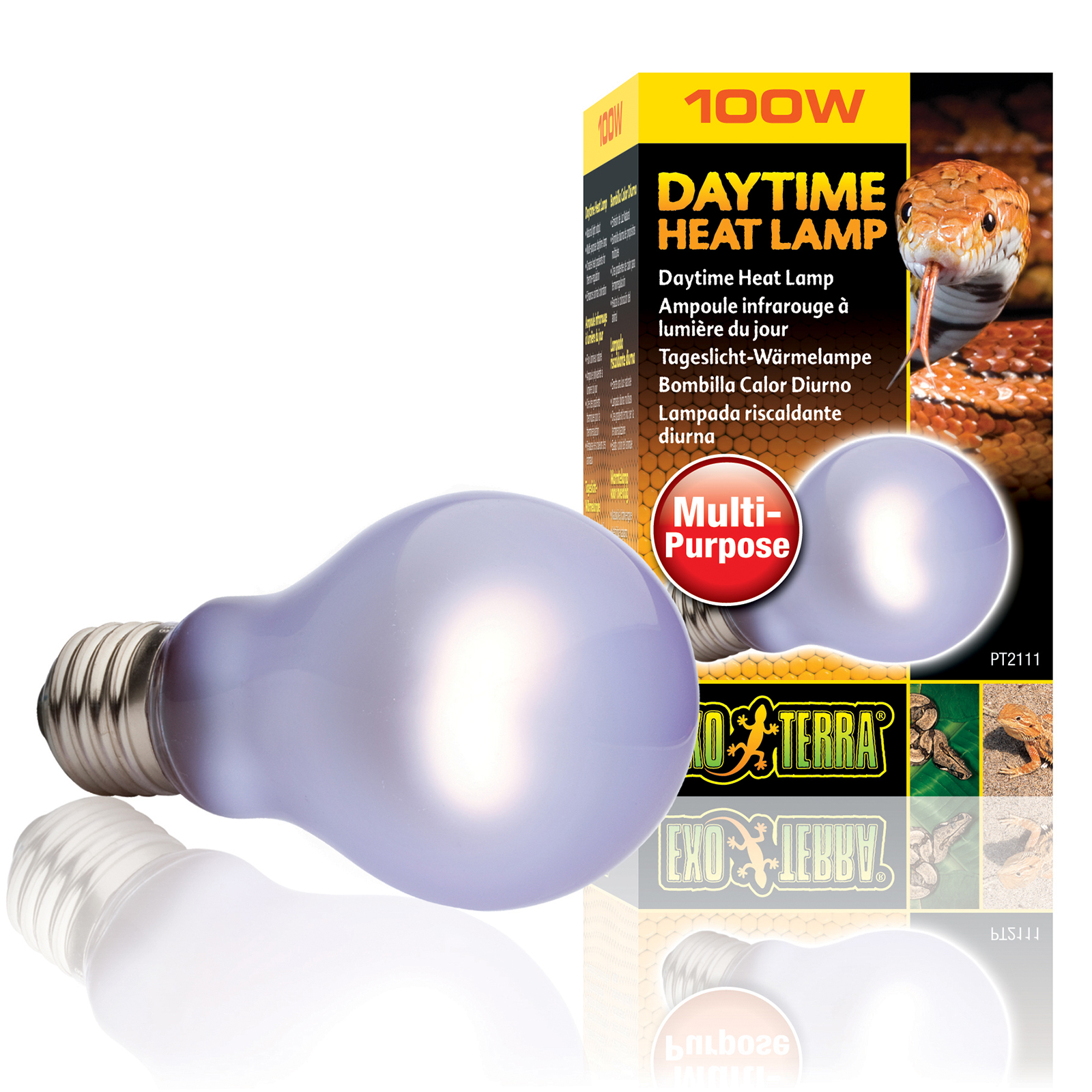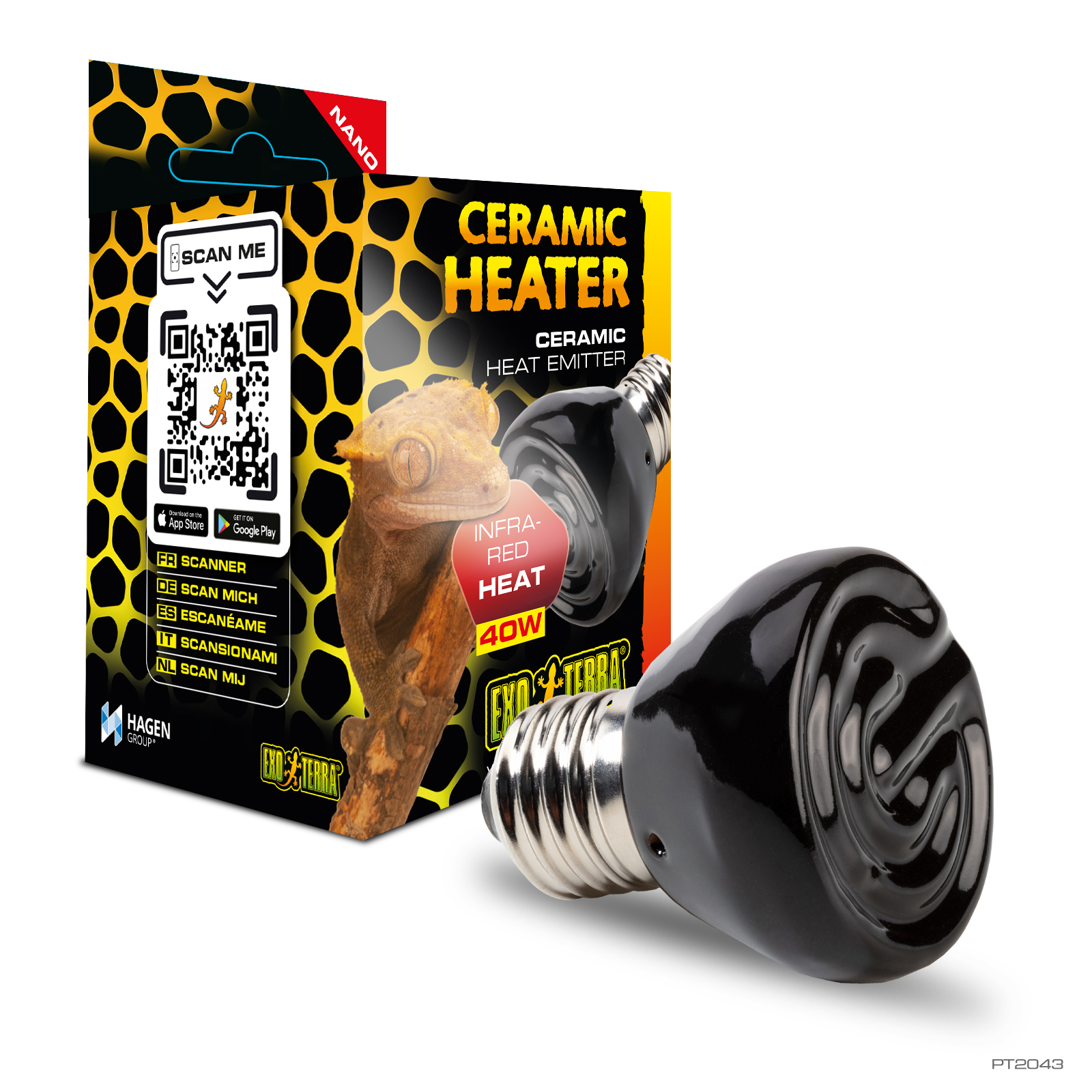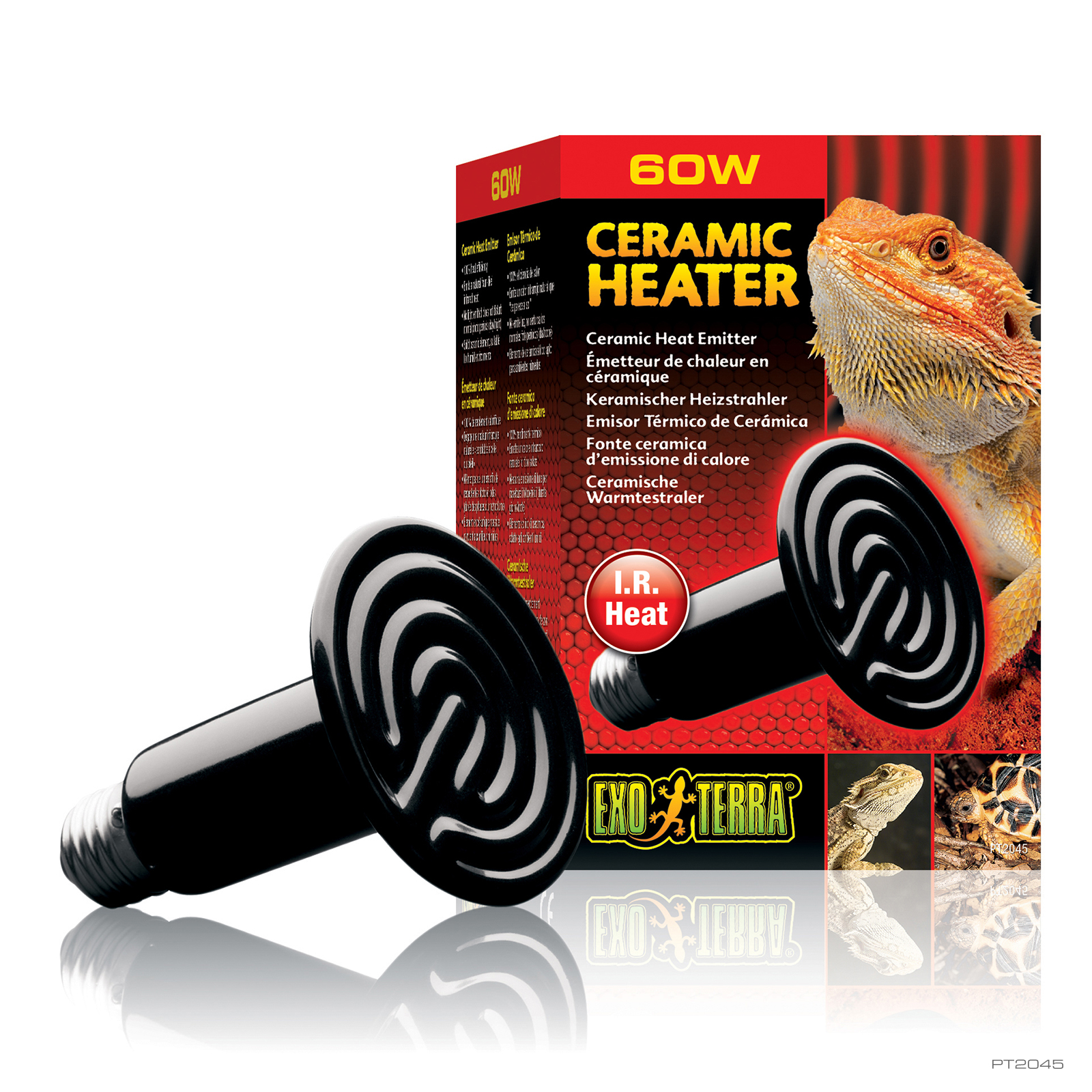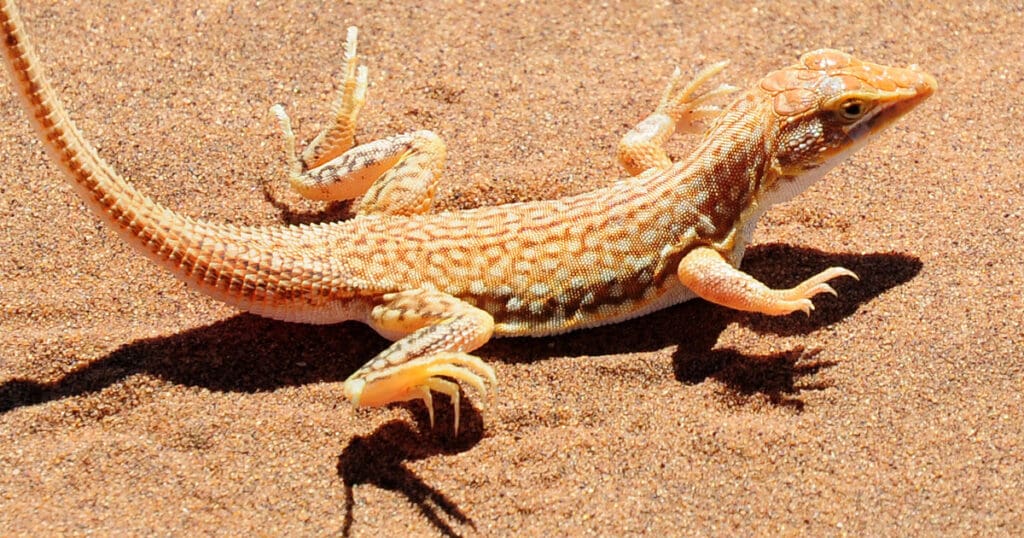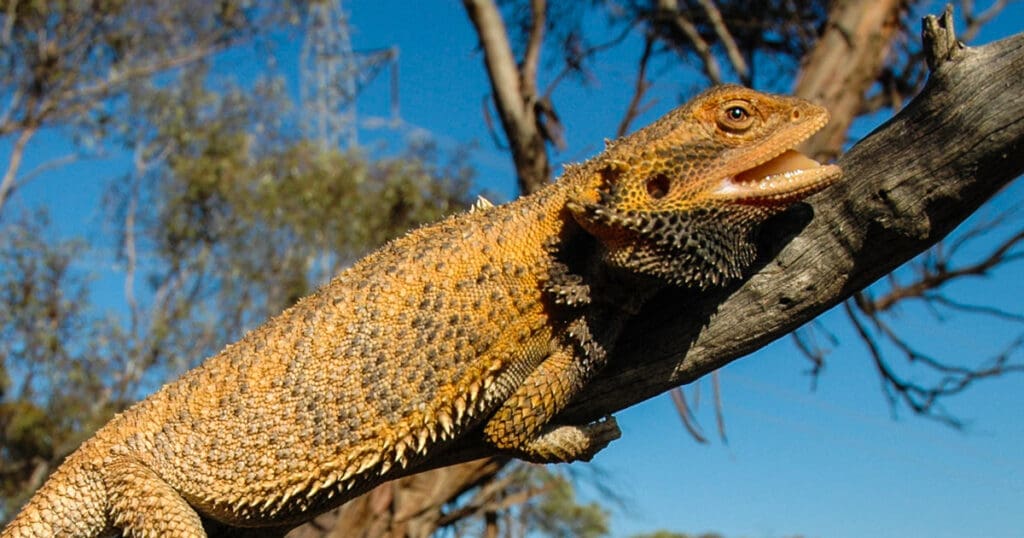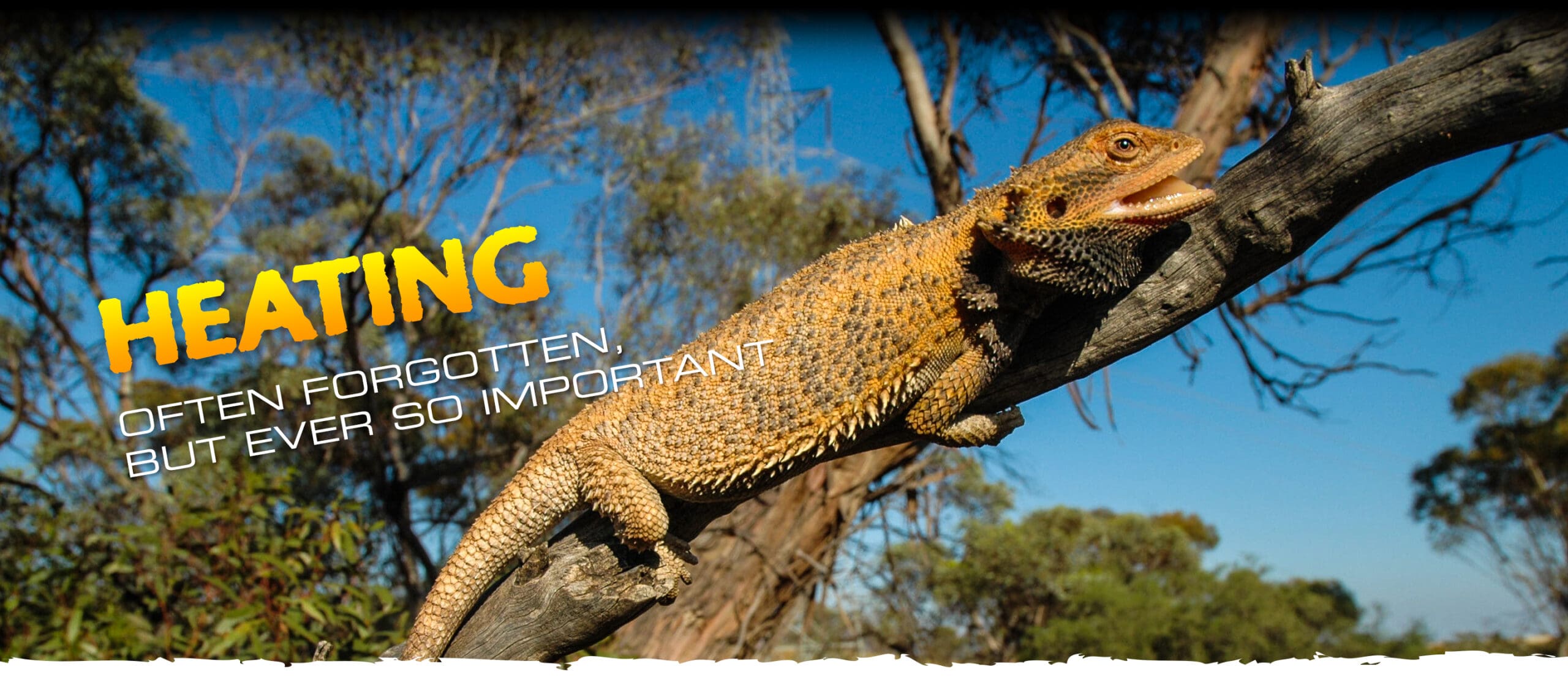
Heating
Reptiles and amphibians are ectothermic or cold-blooded animals. Unlike endothermic animals such as mammals and birds, these animals cannot generate their own body heat internally. Instead, they rely on external heat sources to regulate their body temperature and carry out essential physiological functions. Reptiles are able to regulate their body temperature by moving between warmer and cooler areas (thermoregulation). In their natural biotope they use the radiant heat from the sun as a direct source, and surfaces heated by the sun like branches, rocks or the forest floor as an indirect source (heat conductor). In terrarium conditions, this is simulated by a heating system.
Metabolism and Digestion
Heat is vital for maintaining optimal metabolic rates and facilitating efficient digestion. Reptiles and amphibians require specific temperatures to break down food effectively and extract nutrients. Insufficient heat can lead to digestive disorders, inadequate nutrient absorption, and overall poor health.
Activity
Heat influences activity levels and mobility. Reptiles and amphibians are more active and agile when their body temperatures are within their preferred range. Heat allows their muscles and nervous system to function optimally, enabling essential behaviours such as hunting, foraging, mating, and territorial defense.
Breeding, Development and Growth
Many species require specific temperature conditions for successful breeding, egg incubation, and embryonic development. Variations in temperature can influence the sex determination of some species, affecting the male-to-female ratio in populations. Furthermore, adequate heat is crucial for the growth and development, especially during the early life stages. Heat influences factors like metabolic rate, enzyme activity, and hormone production, which are essential for proper growth, bone development, and organ function.
Behavioral and Psychological Well-being
Heat can have a direct impact on the behavior and well-being of reptiles and amphibians. Insufficient heat can lead to stress, reduced activity, weakened immune systems, and increased susceptibility to diseases. Providing an appropriate temperature helps promote natural behaviors, physical health, and overall quality of life.
Devices like heat bulbs, ceramic heaters, heat mats, heat cables and heat rocks simulate natural conditions by raising the overall temperature and heating specific surfaces inside the terrarium. This will stimulate the natural thermo-regulating behaviour of the animal. Thermostats will help to control and regulate the acquired temperature. Providing appropriate heat gradients and environmental conditions is essential for the overall health and vitality of these fascinating creatures. A proper heating system is thus a very important factor of the natural terrarium set-up.
Thomas Merckx
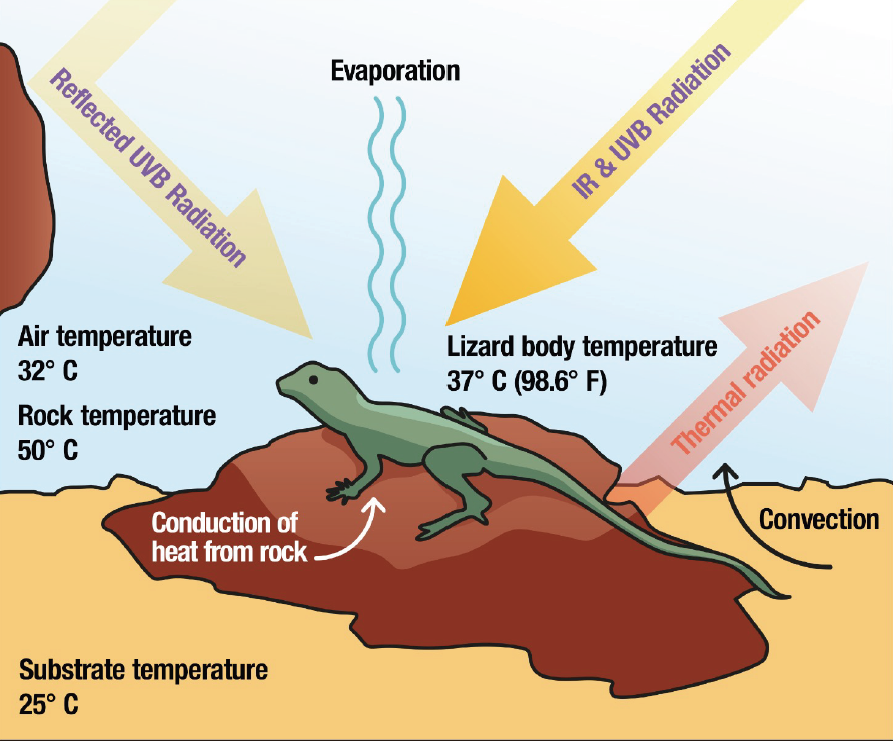
Heating Topics
On/Off, Dimming or Pulse Proportional?
Thermostats help us regulate the temperature inside the terrarium. There are plenty of choices available, and the wide range of possibilities is often confusing. Some Thermostats (like the Exo Terra 600W Thermostat) even allow you to choose between different options! To help you decide which one is the best in your situation, it is essential to know the characteristics of each type.
What is thermoregulation?
Thermoregulation is the process by which organisms maintain a stable internal body temperature within a certain range despite changes in the external environment. Both reptiles and amphibians are ectothermic animals, meaning that their body temperature is primarily influenced by the surrounding environment rather than being regulated internally like endothermic animals (e.g., mammals and birds).
Why do I need a thermostat?
A thermostat is essential for maintaining a stable and appropriate temperature, which is crucial for the well-being of the animals or plants living inside. It regulates, and is connected to, one or more heat sources (e.g. heat mats, heat lamps or heating cables) ensuring the terrarium temperature remains within the desired range. With the thermostat, you can create a well-controlled heating system that allows you to maintain the required temperature conditions similar to those found in a desert or tropical environment.
Stay up on all things exo terra.
"*" indicates required fields


